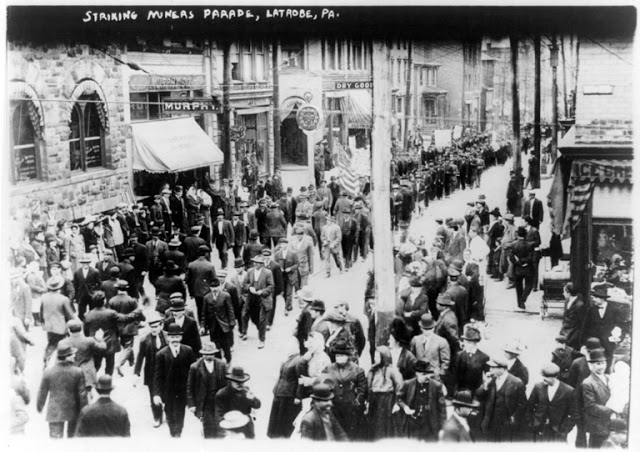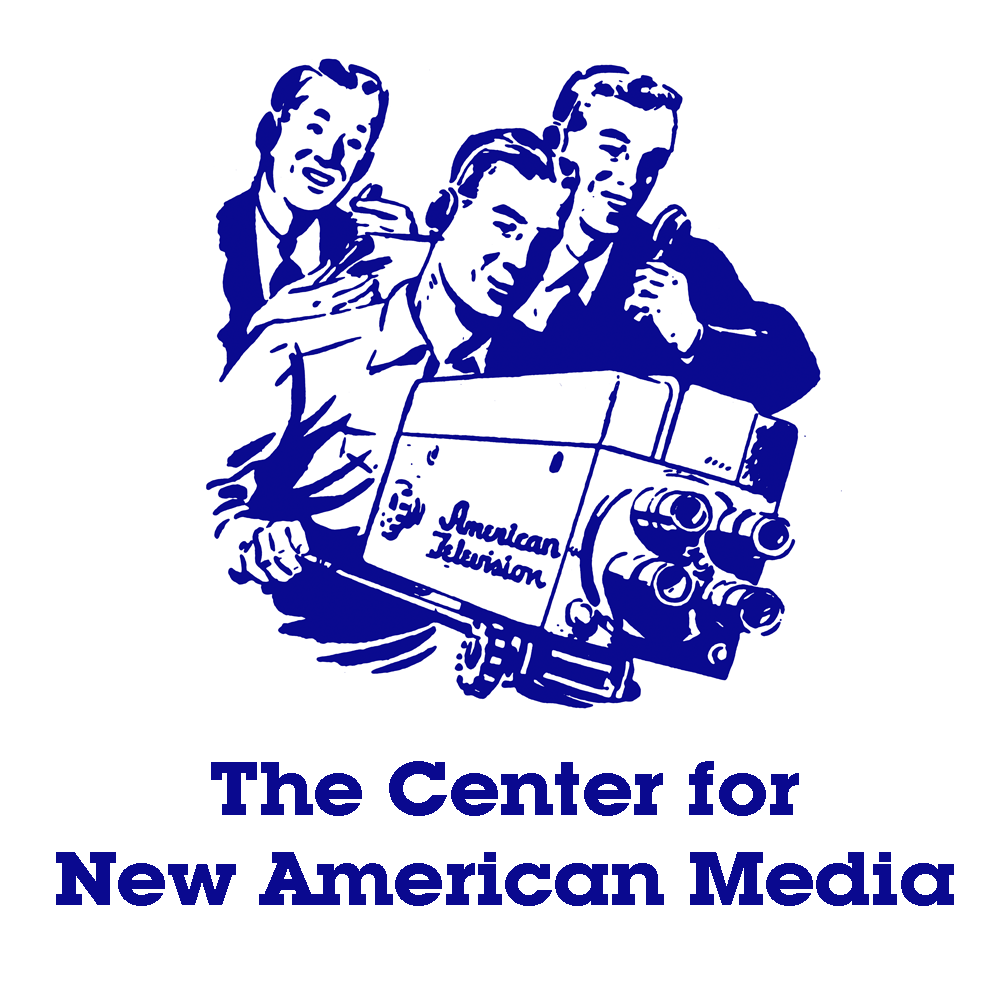Rise of the Labor Movement

The history of the organized labor movement in the United States begins in the early 19th century when the Industrial Revolution that had transformed production in Great Britain and parts of Europe finally migrated across the Atlantic Ocean. The first experiments in large scale mechanized production occurred in mill towns such as Lowell, Massachusetts in which young, unmarried women provided most of the labor. These mill towns were organized as 'company towns' and management adopted a paternalistic attitude (treating the workers in a fatherly manner without giving them real rights) toward workers who were expected to obey the rules and work hard. Management promised to take care of the girls' economic and social needs. While there were problems with this early model, it wasn't really challenged until the late 19th century when technological changes spurred the development of an industrial model that required a much larger work force and a more anonymous relationship between labor and management.
Strikes, labor stoppages sponsored by workers to protest labor conditions, were the result of the natural tension between management and labor. In order to increase profits, management has always wanted to maximize production while minimizing compensation for workers. Labor has always wanted to maximize compensation for what it defined as a fair day's work. As the Industrial Revolution advanced led by new developments in technology that required labor to be as impersonal and routinized as machines, the gulf between management and labor widened, resulting in strikes, lockouts (actions by management that barred workers from their jobs until they gave in to management's demands), and the hiring of replacement workers (called scabs) who were willing to work for lower wages and under worse conditions. Labor conflict has often been greatest when industries have reached peak production levels, enjoying great financial strength and employing large numbers of workers.
The earliest large strikes were against textile companies that processed cotton and other raw goods from the South, producing cloth and other textiles to be used in the garment industry. Most of these firms were based in the Northeast and Midwest because of the plentiful, cheap labor provided by immigrants. In the Northeast, most garment workers were unskilled Jewish and Italian immigrant women who spoke little English. They were ideal workers because they were desperate for the extra income necessary to support their families and they had little access to other jobs. The textile companies knew that they could inflate profits by keeping wages low since there were so many women willing to work in their factories for low pay. The factory owners also knew that their profits would be challenged by higher wages and they opposed union organizers vehemently.
The labor movement spread from the textile industry to the mining and steel industries. Until Andrew Carnegie made steel production efficient and profitable, steel was not in high enough demand to be an important industry. However, as the demand for durable metals grew with the expansion of the railroads, shipping, and mechanized production, mining and steel production became central to the growth of the United States and, predictably, labor conflicts grew. The expanding railroad industry was also subject to labor disputes since the working conditions were so dismal and the demand for labor so high.
Click to download a PDF copy of Rise of the Labor Movement.
This article is part of the Past/Present Student Materials Packet.




